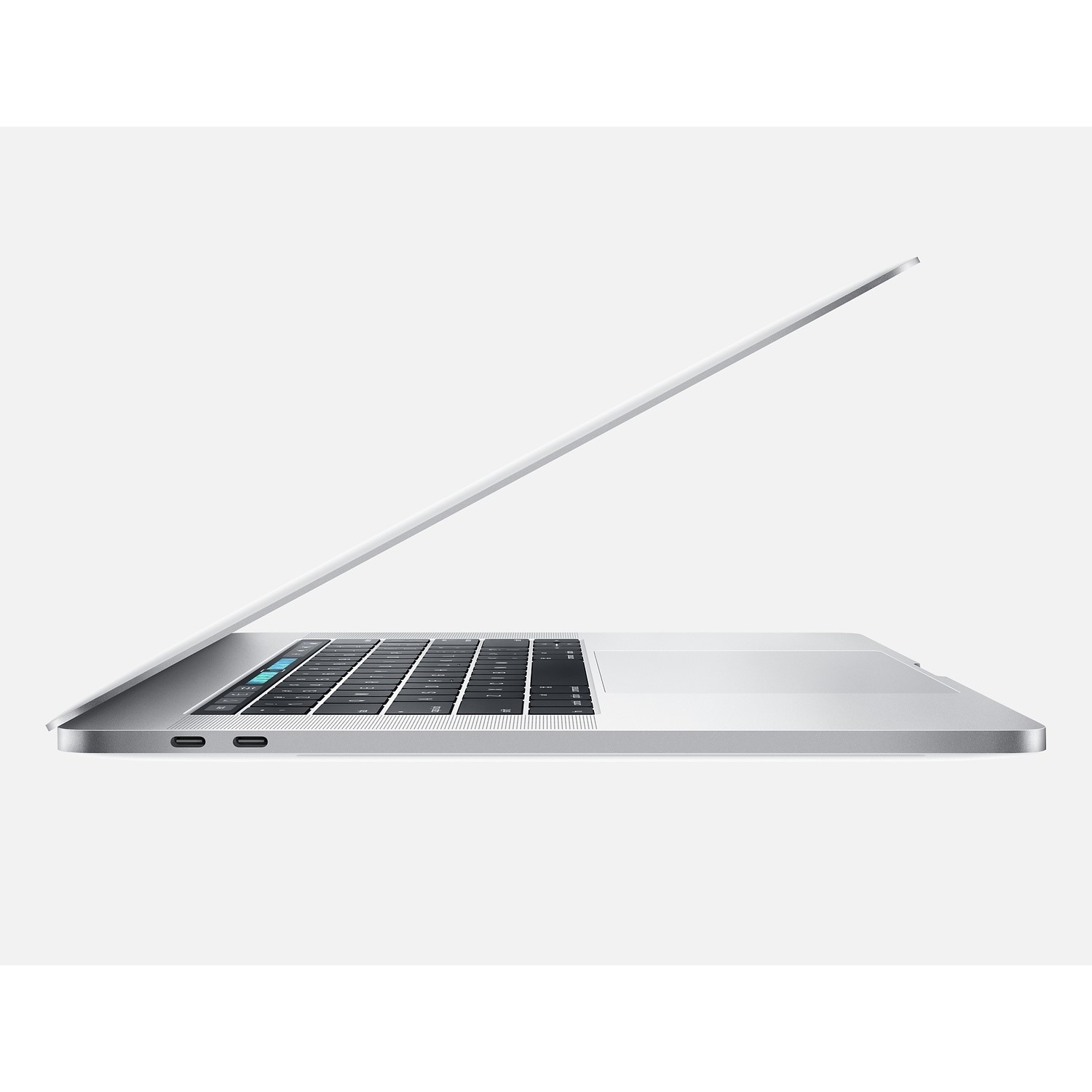
I wanted to purchase the 'MSI Gaming Radeon RX 560 128-bit 4GB GDRR5' as described in the 'Make sure that your graphics card works with Mojave' post (I called Newegg but they weren't sure and asked for the item number. So I chatted with Apple Support for the item number. MSI Radeon RX 560 Aero ITX 4G OC Mac Pro 4,1 flashed to 5,1 High Sierra 10.13. CosmicScale macrumors newbie. Original poster. Dec 10, 2017 13 1 London, UK.
(AERO ITX OC)
| Filename: | MSI.RX560.4096.170505.rom |
|---|---|
| VBIOS Version: | 015.050.002.001.000000 |
| UEFI Supported: | Yes |
| BIOS Build date: | 2017-05-05 01:14:00 |
| Date added: | 2017-06-11 04:01:02 |
| VBIOS Size: | 256 KB |
| MD5 Hash: | 53dce91625a6c1fed11c546c1ae2a15c |
| SHA1 Hash: | 35b285b804668362309bb1109391c0b4d0eccb08 |
| GPU Device Id: 0x1002 0x67FF113-C98121-H01113-MSITV809MH.M00(C) 1988-2010, Advanced Micro Devices, Inc.ATOMBIOSBK-AMD VER015.050.002.001.000000AB383600.binCCC Overdrive Limits GPU Clock: 1800 MHz Memory Clock: 2000 MHzPowerTune Limit: -75% to +75%Limits TDP: 46 W TDC Power: 50 A Battery Power: 48 W Small Power Power: 48 W Max. Power Limit: 48 W Max. Temp: 90°CGPU Clocks 214 MHz, 387 MHz, 843 MHz, 1011 MHz 1080 MHz, 1126 MHz, 1168 MHz, 1196 MHzMemory Clocks 300 MHz, 625 MHz, 1750 MHzTemperature Target: 80 °CMemory Support 4096 MB, GDDR5, Autodetect 4096 MB, GDDR5, Hynix H5GQ8H24MJRMemory Timings (Hynix) tRCDW-tRCDWA-tRCDR-tRCDRA-tRC-tCL-tRFC 400 MHz: 4-4-5-5-17-10-43 800 MHz: 7-7-11-11-34-13-87 900 MHz: 9-9-12-12-38-14-98 1000 MHz: 9-9-13-13-41-15-109 1125 MHz: 11-11-15-15-47-15-123 1250 MHz: 12-12-17-17-52-15-137 1375 MHz: 13-13-19-19-58-17-151 1500 MHz: 14-14-20-20-62-18-164 1625 MHz: 16-16-22-22-68-18-178 1750 MHz: 17-17-24-24-73-19-192 2000 MHz: 19-19-27-27-83-23-219 2250 MHz: 22-22-31-31-94-23-247 |
| Manufacturer: | MSI |
|---|---|
| Model: | RX 560 |
| Device Id: | 1002 67FF |
| Subsystem Id: | 1462 8A91 |
| Interface: | PCI-E |
| Memory Size: | 4096 MB |
| GPU Clock: | 1196 MHz |
| Memory Clock: | 1750 MHz |
| Memory Type: | GDDR5 |
Apple on Monday released a pair of updated support documents advising macOS Mojave users about Mac Pro graphic card upgrades, as well as an advisory for some iMac users about support for Boot Camp on certain iMacs.
The first document advises users about installing macOS Mojave on their Mid-2010 and Mid-2012 Mac Pros. These machines didn’t originally ship with GPUs offering support for Apple’s Metal 3D graphics API, and the graphics card must be updated if full Metal compatibility is desired.
How To Flash Msi Radeon 560 For Mac Pro 7
The list of cards compatible with macOS Mojave on Mac Pro (Mid 2010) and Mac Pro (Mid 2012) include:
- MSI Gaming Radeon RX 560 128-bit 4GB GDRR5
- SAPPHIRE Radeon PULSE RX 580 8GB GDDR5
- SAPPHIRE Radeon HD 7950 Mac Edition
- NVIDIA Quadro K5000 for Mac
- NVIDIA GeForce GTX 680 Mac Edition
Apple says the following AMD-based cards “might” also be compatible with macOS Mojave on Mac Pro (Mid 2010) and Mac Pro (Mid 2012):
- AMD Radeon RX 560
- AMD Radeon RX 570
- AMD Radeon RX 580
- AMD Radeon Pro WX 7100
- AMD Radeon RX Vega 56
- AMD Radeon RX Vega 64
- AMD Radeon Pro WX 9100
- AMD Radeon Frontier Edition
How To Flash Msi Radeon 560 For Mac Pro 2017
To check which graphics card is installed in your Mac, do the following:
- Press and hold the Option key while choosing Apple () menu > System Information.
- In the sidebar, select Graphics/Displays. If your graphics card is compatible, you see “Supported” next to the Metal entry. You can also note the name of your graphics card and see if it’s in the list below.


Radeon
The second updated support document concerns the “Installation cannot proceed with Boot Camp configured” alert that users might see on certain iMac models when they attempt to install macOS Mojave on the machine.
Users of 27-inch iMacs from late 2012 with 3TB hard drives installed and an existing Boot Camp partition could see the alert.
To install macOS Mojave on this iMac, first back up your Windows data, then use Boot Camp Assistant to remove the Boot Camp partition. After the Boot Camp partition is gone, you can install macOS Mojave, but you can no longer use Boot Camp on the machine.
(Via AppleInsider)